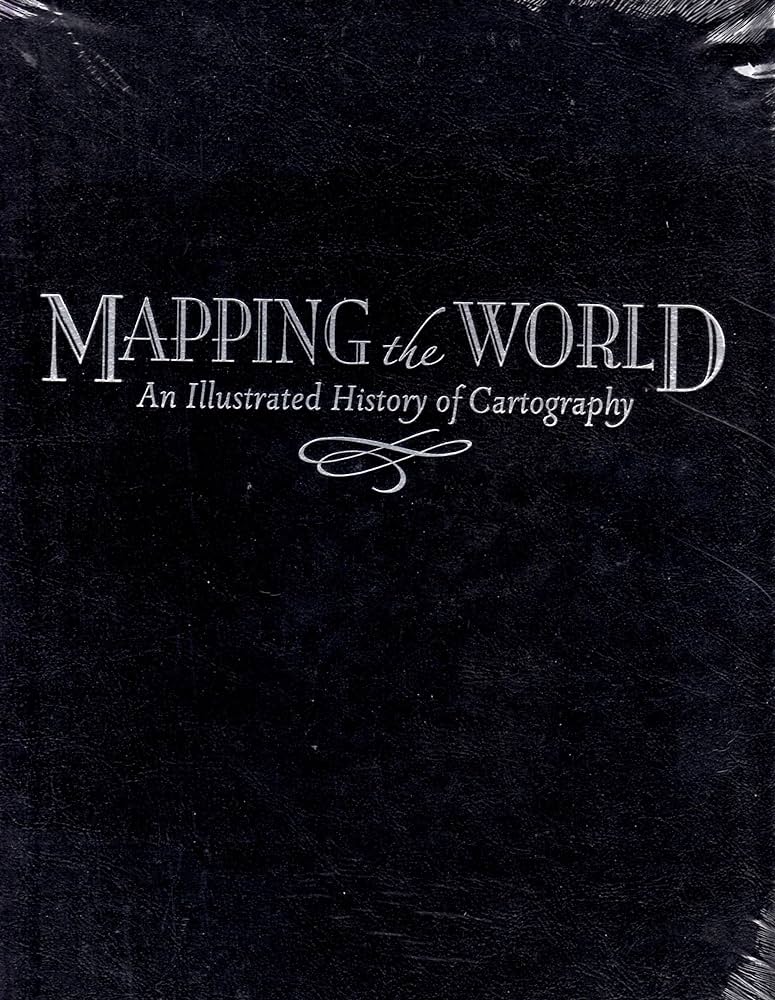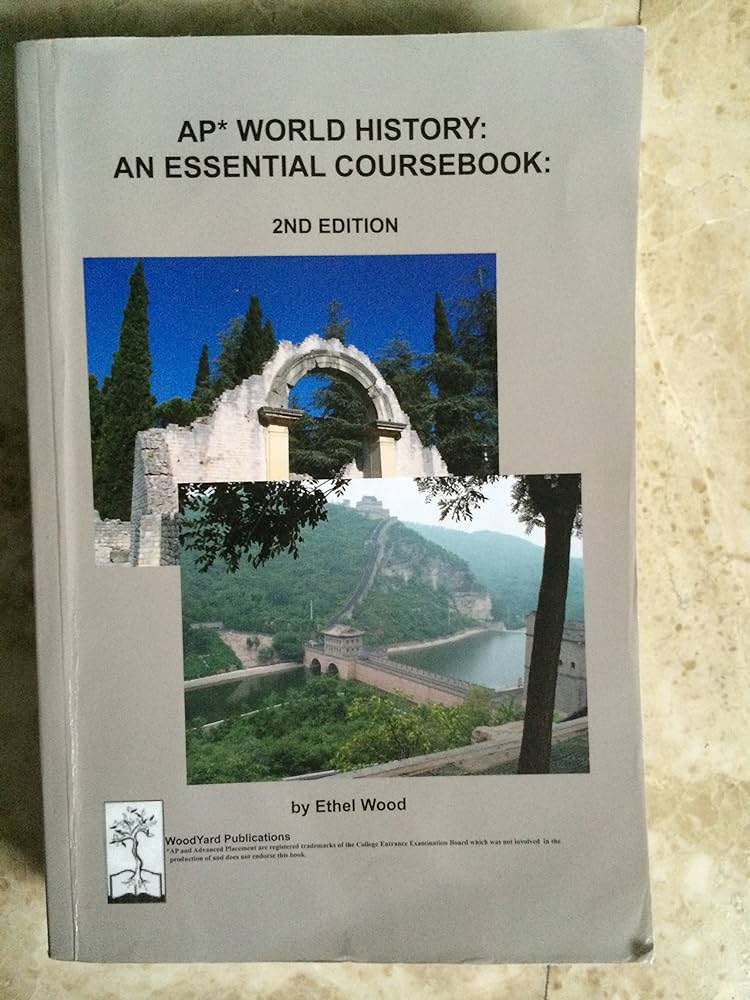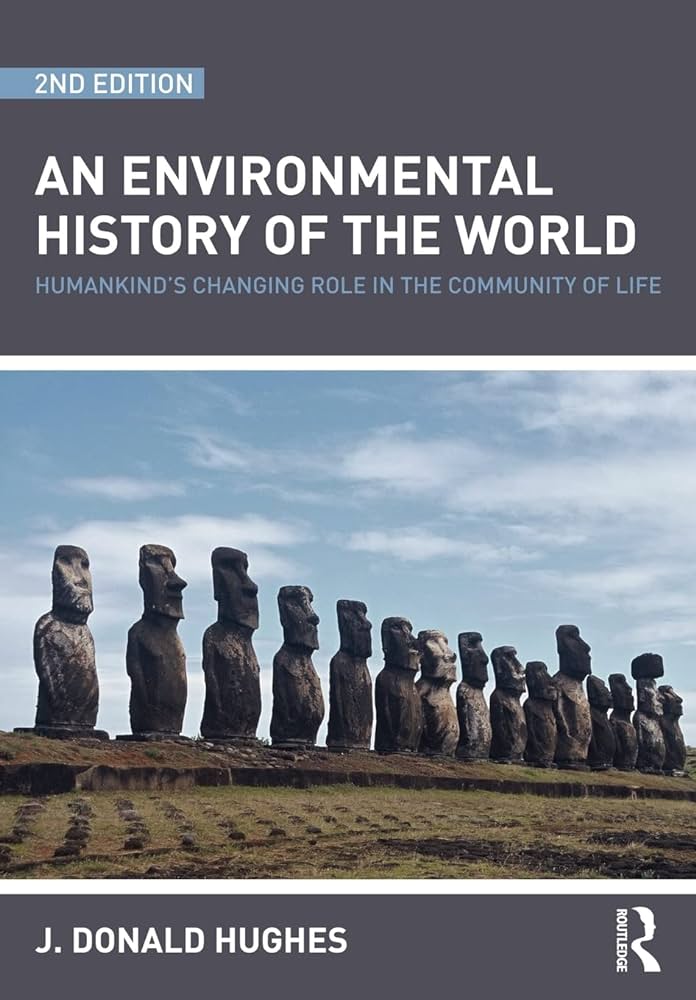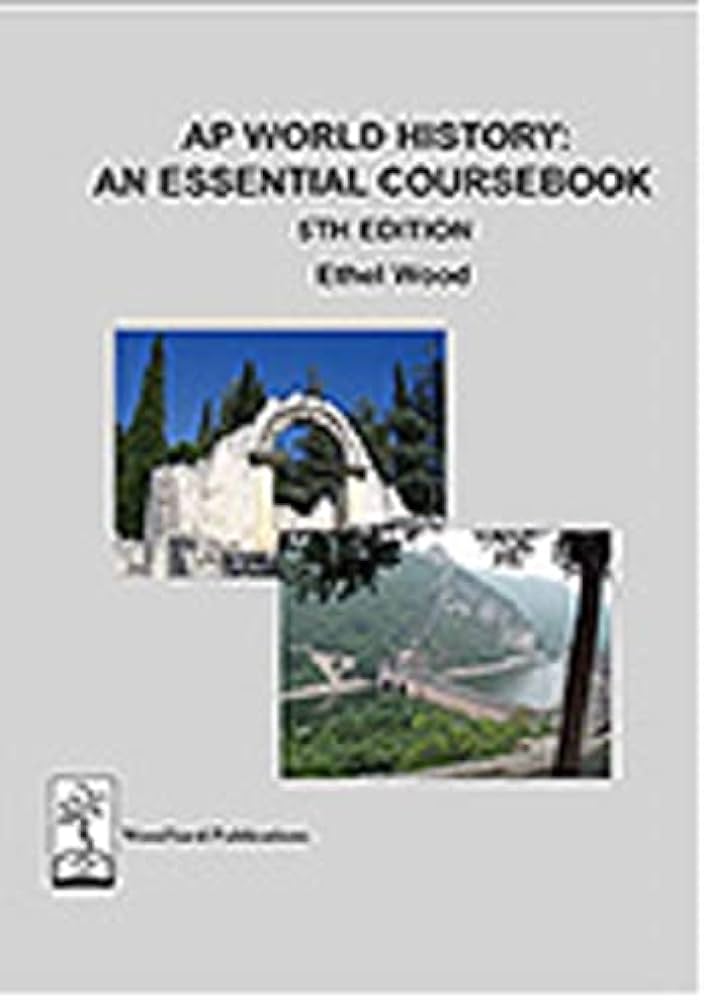Mapping The World An Illustrated History Of Cartography
Mapping The World: An Illustrated History Of Cartography is a book that chronicles the evolution of cartography from its earliest days to the present. It explores the history of cartography, its development, and its role in our lives today. The book looks at the changes in the way people have mapped the world, from the earliest hand-drawn maps to the sophisticated computer-generated ones of today. It also looks at how different cultures have used maps to understand their environment, to make trade, and to explore the unknown. This book is an invaluable resource for anyone interested in learning more about the fascinating history of cartography.
Early Cartography: Prehistoric to Antiquity
Mapping the world is an ancient, and essential, human pursuit. From the dawn of civilization, people have sought to chart the features of the Earth and oceans and to track the movements of the stars across the heavens. Early cartography, or map making, is a fascinating and complex history that spans from Prehistoric times to Antiquity.
Prehistoric humans were believed to have utilized primitive maps to help guide their migrations and to mark special locales. Ancient cultures such as the Babylonians and Egyptians developed complex cartographic systems and used them to structure and organize their societies. The first known world maps were created in Mesopotamia in the 6th century BCE, and the Greeks used maps to explore and conceptualize the world around them.
The development of maps advanced greatly in the Roman Empire, with Claudius Ptolemy’s influential work Geographia. Ptolemy’s work introduced projection techniques and advanced mathematical methods of mapping. Later, in the Middle Ages, Islamic scholars created accurate maps of the Arabian Peninsula and the Mediterranean. In the Renaissance, cartography underwent a dramatic transformation with advances in printing technology, exploration, and navigation.
The history of cartography has been shaped by the needs of humanity. From the prehistoric era to the present, maps have been essential tools for exploration, conquest, and navigation. The history of cartography is an ongoing story, with the development of new technologies, tools, and techniques.
Islamic Cartography
Mapping the world has been a human endeavor since antiquity, and Islamic cartography is an integral part of this history. Islamic cartography began in the 8th century, when Islamic scholars first began to compile maps and geographic information for use in trade and travel. Islamic cartographers used a variety of techniques to accurately depict the geography of the known world, including the use of astronomical calculations, the use of mathematical calculations, and the use of topographical surveys. Islamic cartography was particularly influential in the creation of some of the most detailed and accurate maps of the time, in which the shapes of landmasses, the locations of cities, and the distances between cities were accurately determined. Islamic maps also featured sophisticated cartographic symbols to provide additional information, such as the location of oases, the presence of rivers, and the location of castles. Islamic cartography would later become the foundation for European cartography during the Renaissance period. Islamic cartography was an essential part of the development of a global view of the world, and its influence can still be felt today.
The Age of Exploration
The Age of Exploration marked a pivotal moment in the history of cartography, as advances in technology, instrumentation, and navigational aids allowed for more precise and detailed maps to be made. As Europeans explored new lands, they also began to map them in greater detail, and the voyages of explorers like Christopher Columbus and Ferdinand Magellan produced a wealth of new geographical knowledge. This period saw the development of increasingly sophisticated mapping techniques, such as the use of triangulation, which allowed for more accurate measurements of longitude and latitude. Maps made during this period often included detailed descriptions of the land and its inhabitants, and these documents served as an invaluable source of information for subsequent generations. The Age of Exploration also saw the spread of new cartographic styles, such as Mercator projection, which made it easier for seafarers to navigate open waters. It was during this period that the field of cartography truly began to develop into an art form, and maps from this era still serve as an invaluable source of information for modern-day scholars.

Navigation and the Expansion of the Known World
Since ancient times, maps have been used to explore, chart, and navigate the world. From the earliest hand-drawn maps of the Babylonians to the sophisticated satellite-generated maps of today, cartography (the art and science of mapmaking) has helped to expand the known world. The ability to accurately map and navigate the landscape has been integral to the expansion of human knowledge and exploration.
In the early days of cartography, maps were used to navigate the seas, rivers, and oceans. By applying mathematical principles to the physical properties of land, sailors were able to chart their courses and avoid dangerous areas. As the world was explored, maps began to incorporate more detailed information and became more accurate. This allowed explorers to venture into uncharted territories with confidence.
The invention of the printing press in the 15th century allowed maps to be mass-produced and made accessible to the general public, which spurred the further exploration of the world. During this period, cartographers began to use symbols to represent physical features on a map, which made navigation easier and more intuitive.
Today, modern map-making techniques and technology have made it easier than ever to map the world. From GPS devices to interactive online maps, cartography has come a long way since the early days. Cartography continues to be an essential tool in the exploration and navigation of the world, allowing us to better understand our environment and discover new places.
The Development of Mapmaking Technology
Maps have been around for thousands of years, but it wasn’t until the invention of new mapping technologies that mapmaking truly flourished. In the past, maps were drawn by hand and were incredibly labor-intensive. With the development of new technologies such as the printing press, automated surveying instruments, and satellite imagery, mapmaking has become a much more efficient process.
The printing press revolutionized mapmaking by allowing large-scale production of maps. This made it possible to create detailed maps of large geographic areas. Automated surveying instruments made it possible to accurately measure distances and create detailed maps of smaller areas. Satellite imagery has given us the capability to create incredibly detailed maps of any geographic area.
The development of mapping technology has enabled mapmakers to create highly accurate maps of any region. This has enabled us to better understand the world around us and has helped improve navigation and exploration. It has also made it easier to plan for urban development, create more accurate weather maps, and plan for natural disasters. The development of mapmaking technology has truly revolutionized the way we interact with the world around us.
Modern Cartography: Interpretation & Application
Modern cartography provides us with a wealth of information about the world around us. It is a vital tool for understanding the physical and cultural geography of a region. Cartography is the science and art of creating maps and charts to represent the world. It involves the interpretation of geographic data to create a visual representation of the world. Modern cartography also has a variety of applications, from navigation to scientific research.
Cartographers must interpret and analyze geographic data to create meaningful maps and charts that are accurate and useful. They must have an understanding of the scientific principles of cartography, such as geodesy, geophysics, and geographic information systems, as well as a knowledge of the geography of a region. Cartographers must also be able to effectively communicate their results in a clear and concise manner.
Modern cartographers use a variety of tools to create their maps and charts. Geographic information systems (GIS) provide a comprehensive picture of the physical and cultural geography of a region. GIS software allows cartographers to analyze and interpret data, such as elevation, population, and climate, to create detailed maps and charts. Other tools, such as satellite imagery and aerial photography, provide a more detailed view of the world and allow cartographers to create more accurate maps and charts.
Modern cartography is used in a variety of fields, from navigation to scientific research. Maps and charts created by cartographers are used by other professionals to understand the physical and cultural geography of a region, identify hazards, and plan for future development. Cartographers also create visualizations of data to help scientists, engineers, and other professionals better understand the world around them.
Modern cartography is an essential tool for understanding the world around us. By interpreting and analyzing geographic data, cartographers can create detailed and accurate maps and charts that are used in a variety of fields. By combining scientific principles with artistic skill, cartographers create visual representations of the world that provide us with a better understanding of our environment.
FAQs About the Mapping The World An Illustrated History Of Cartography
Q. What type of book is “Mapping The World An Illustrated History Of Cartography”?
A. “Mapping The World An Illustrated History Of Cartography” is a comprehensive and richly illustrated book that explores the history of cartography and its impact on our modern world.
Q. What topics are covered in “Mapping The World An Illustrated History Of Cartography”?
A. “Mapping The World An Illustrated History Of Cartography” covers a wide range of topics related to the history of cartography, from the development of ancient maps to the use of modern technology in today’s maps. It also includes detailed accounts of the methods used to create maps, the people who were involved in their creation, and the social, economic, and political impacts they have had.
Q. Who is the author of “Mapping The World An Illustrated History Of Cartography”?
A. The author of “Mapping The World An Illustrated History Of Cartography” is Dr. Jerry Brotton, a professor of Renaissance studies at Queen Mary University of London.
Conclusion
Mapping The World An Illustrated History Of Cartography offers readers an in-depth look into the history of cartography and the development of mapping technology. From the early paper maps of the ancient world to the sophisticated satellite imagery of today, the book provides a comprehensive overview of the art and science of cartography. It features numerous illustrations and photographs that provide a visual representation of the development of cartography and its various applications. The book is a valuable resource for anyone interested in learning more about the history and importance of mapmaking in our world.






